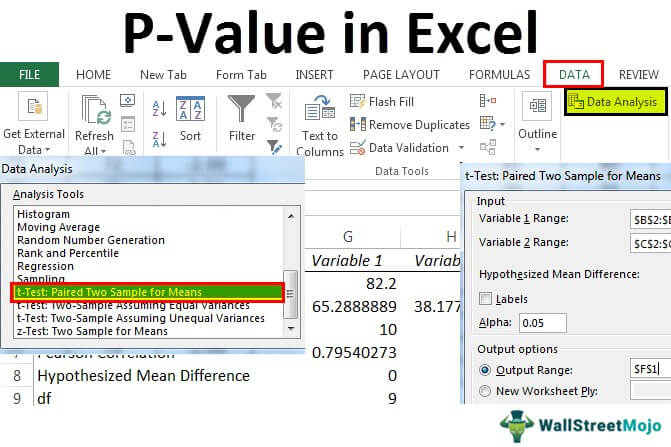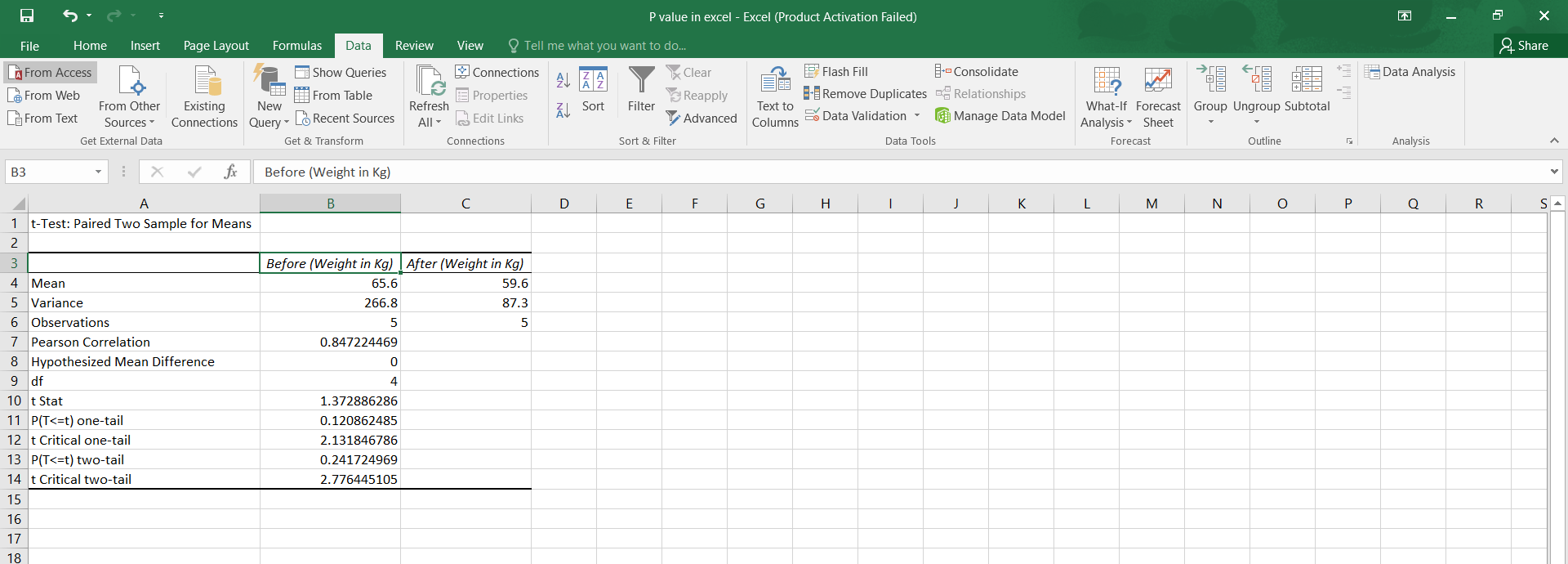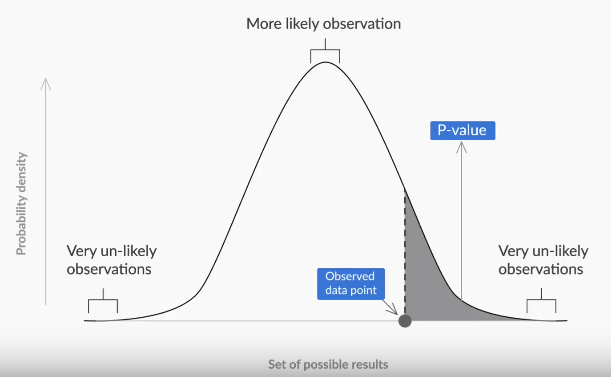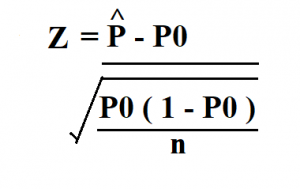
Tf = Ta + (Ti – Ta * exp (- c Multiply the size of your daytime living areas by ceiling height. Sir Isaac Newton (1642-1716) discovered how a hot liquid cools to the temperature of its surroundings. If you have any questions regarding CFM's, air exchanges needed, the calculator, or which exhaust and or supply fans may be right for your building, please call us at 866. Quick Estimate for Total House System The air constant f is determined by the altitude (above sea level) at the place of installation. 15 minute heat-up : divide KW per hour by. Instructions: Select units (either imperial or metric) Either choose a material or manually input the linear thermal expansion coefficient A heat balance on the sphere, assuming that the heat transfer resistance within the sphere is small compared to the heat transfer resistance outside the sphere gives: I leave it up to you to substitute the heat transfer coefficient into this equation, and work the equation into the mathematical form of Newton's law of cooling. The following is the exponential decay formula: P(t) = P 0 e-rt.

Enter the thermal conductivity of your material (W/m See Conditional Counting and Summation for details.Cooling constant calculator. Returns the number of cells in B2:B8 matching Red, with case sensitivity. not blank, using the syntax of regular expressions. See Conditional Counting and Summation for ways to specify multiple conditions.ĬOUNTIF(C2:C8 ">=20") returns the number of cells in C2:C8 whose contents are numerically greater than or equal to 20.ĬOUNTIF(C2:C8 F1) where F1 contains the text >=20, returns the same number.ĬOUNTIF(C2:C8 "=P") returns the number of cells in A2:A8 whose contents begin with the letter P or later in the alphabet.ĬOUNTIF(B2:B8 "red") returns the number of cells in B2:B8 containing red, but this number may depend on the option settings discussed above.ĬOUNTIF(B2:B8 ".+") returns the number of cells in B2:B8 containing one or more character, e.g.

#OPENOFFICE CALCULATE P VALUE HOW TO#
See the examples for how to achieve a case sensitive match.īlank (empty) cells in test_range are ignored (they never satisfy the condition).Ĭondition can only specify one single condition. The checkbox for Case sensitive has no effect (no attention is paid to case).


If the checkbox is ticked for Enable regular expressions in formulas, the condition will match using regular expressions - so for example " r.d" will match red, rod, rid, and " red.*" will match red, redraw, redden. >, =, In this case COUNTIF compares those cells in test_range with the remainder of the text string (interpreted as a number if possible or text otherwise).įor example the condition “ >4.5” tests if the content of each cell is greater than the number 4.5, and the condition “ must apply to whole cells, then the condition “ red” will match only red if unticked it will match red, Fred, red herring. Counts the number of cells in a range that meet a specified condition.ĬOUNTIF(test_range condition) test_range is the range to be tested.Ī number, such as 34.5 an expression, such as 2/3 or SQRT(B5) a text stringĬOUNTIF counts those cells in test_range that are equal to condition, unless condition is a text string that starts with a comparator:


 0 kommentar(er)
0 kommentar(er)
